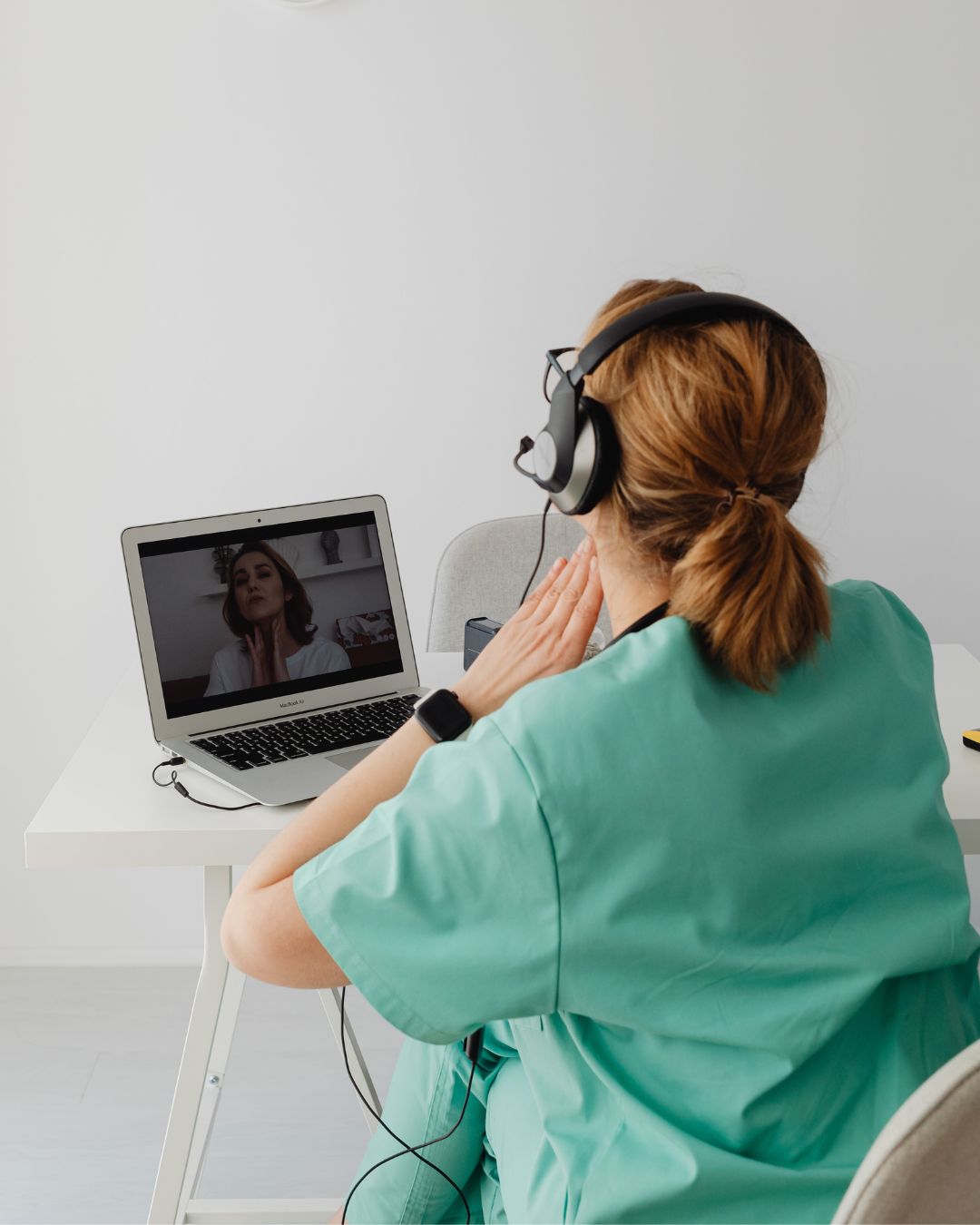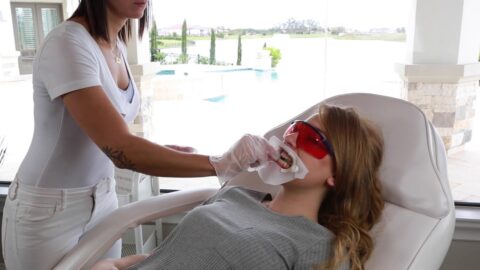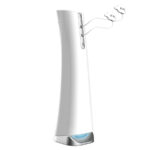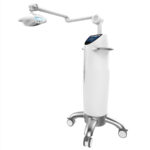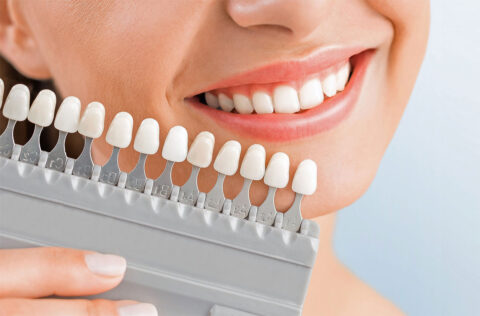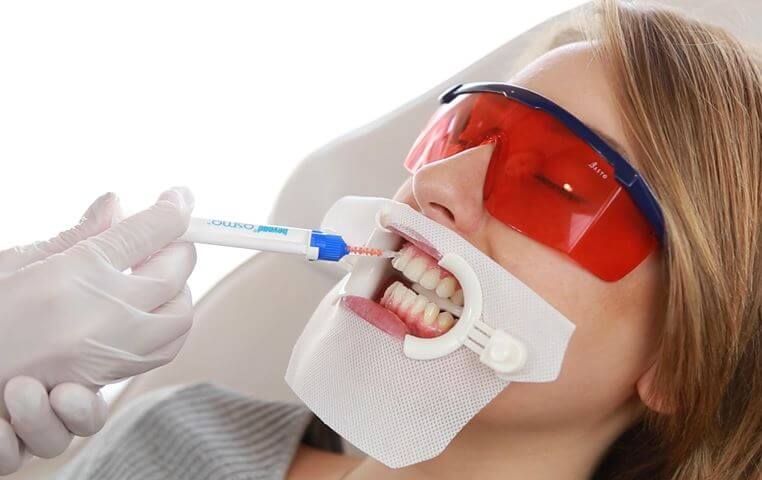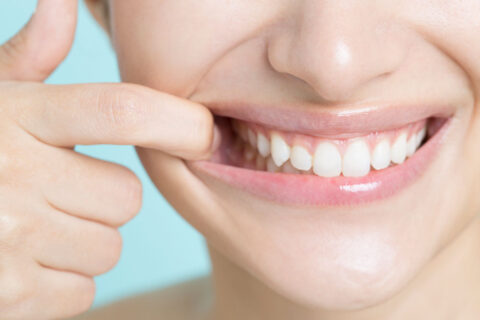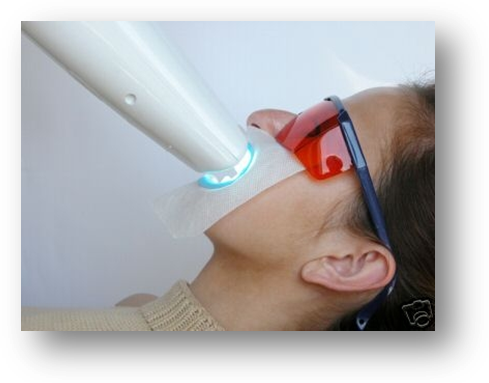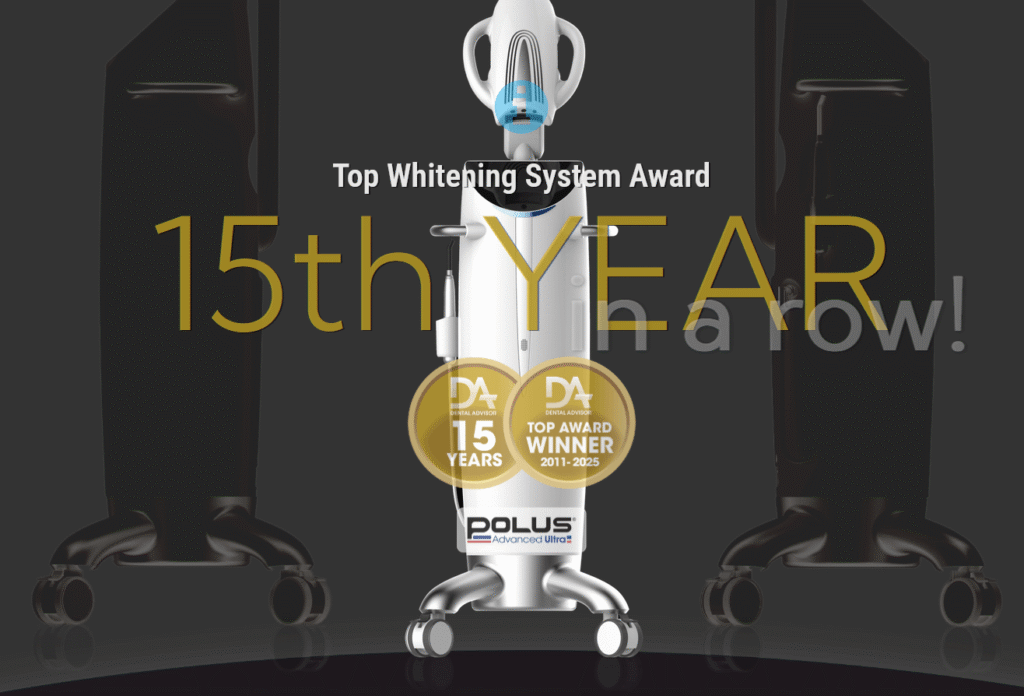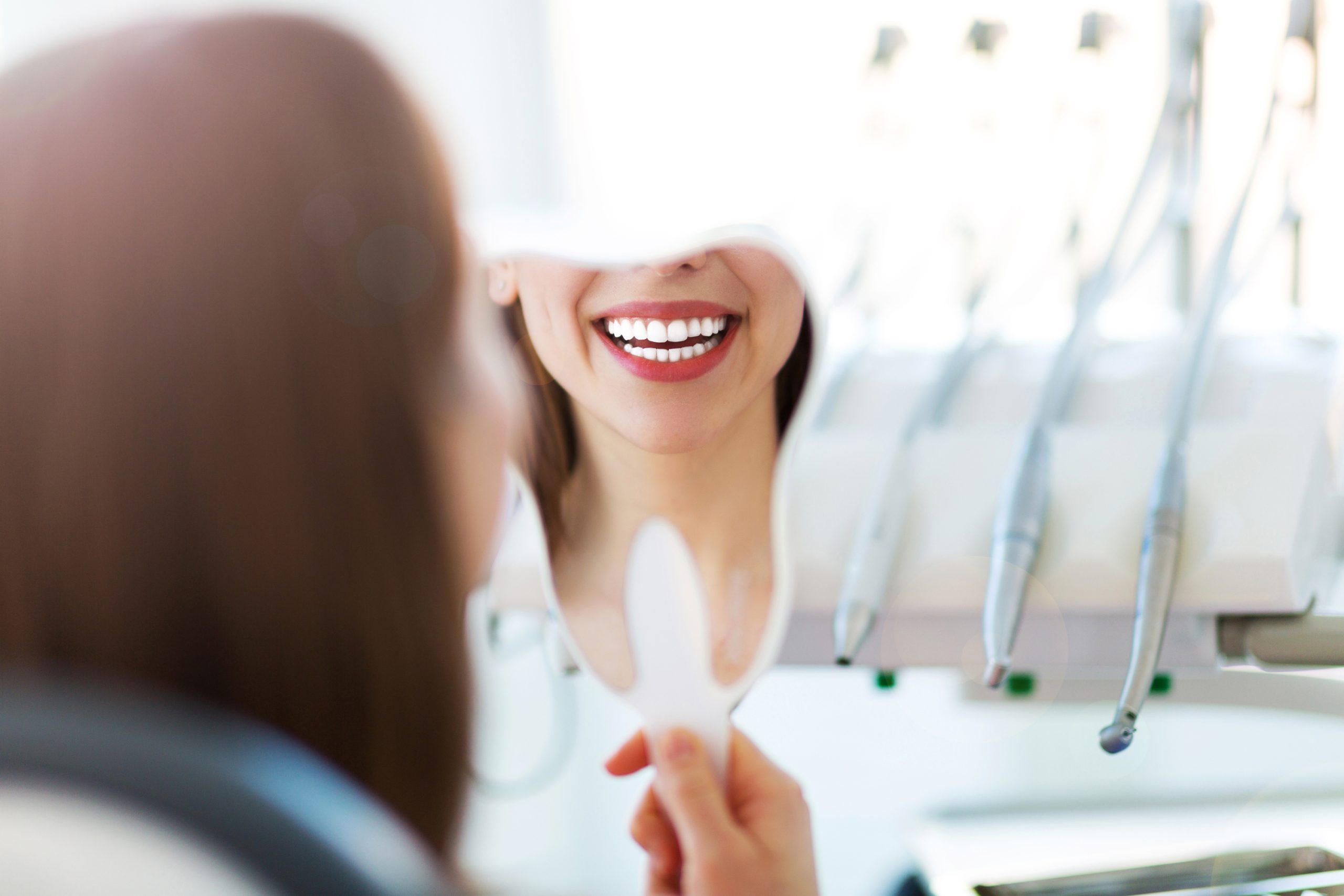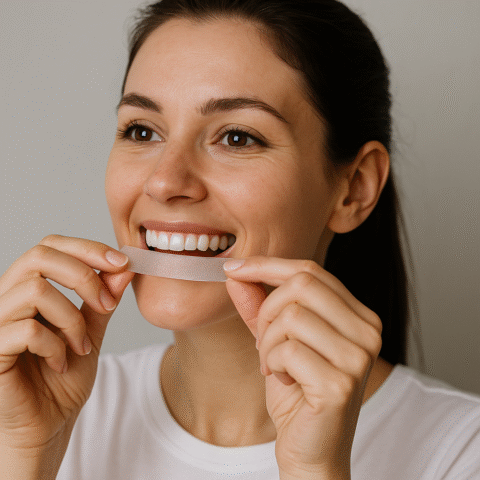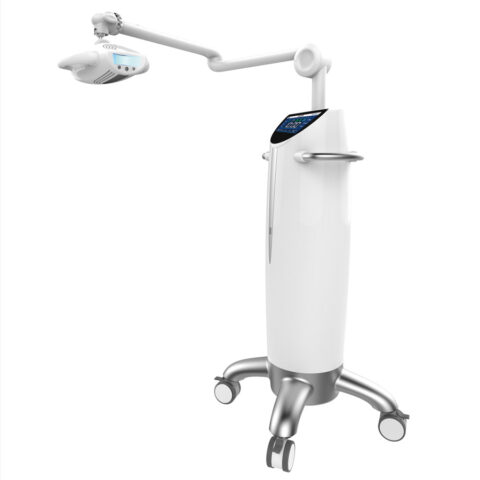So you’re googling ‘teeth whitening training’? Read this first.
Are you wondering how to become a teeth whitening technician? You’re not alone. Thousands of people search up phrases relating to training courses for teeth whitening, such as:
- “Teeth whitening training course NZ”
- “Teeth whitening certification”
- “How much does teeth whitening training cost?”
- “Best teeth whitening training in New Zealand”
- “Best place to get certified in teeth whitening”
…and if that’s you, too – you’re in exactly the right place reading this article.
But, before we jump into the nitty-gritty of teeth whitening training, it’s important to know:
Teeth whitening isn’t just a beauty trend anymore.
It’s a booming industry. A professional, regulated one. And proper training and a certification in teeth whitening is essential.
At Teeth Whitening Associates (TWA), we’re not here for casual courses or quick-fix certifications, or for the search term: “teeth whitening training certification free”. We’re also not here for cheap equipment or cheap whitening gels.
Our company values are market leader, specialist, and quality, and we’re only for people who are serious about offering a safe, effective, and compliant whitening service, and turning it into a real business. And that includes making the time, effort, and investment to successfully get a teeth whitening certification.
Why are so many people searching for teeth whitening training?
Every month, hundreds of people in New Zealand type ‘teeth whitening training’ into Google. Some are serious about starting a career. Others are just curious. And then there are those who are simply looking for a fast, cheap course that gives them a certificate and a boost of confidence – that’s not you, obviously!
But, and here’s the truth: teeth whitening is a real service with real safety standards. It’s not something you should dabble in casually.
At TWA, we’re proud to offer New Zealand’s leading professional whitening training, but we’re *not* here for tyre-kickers. Our training is serious, substantial, and designed for those who are serious about turning whitening into a career or profitable service within an existing salon.
Still interested? Read on…
Can anyone learn to do teeth whitening?
If you’re wondering “can I legally offer teeth whitening in New Zealand?”, the answer is: yes – with the correct training and compliant products.
You don’t need to be a dentist or hygienist. But you do need:
- The right equipment
- A safe gel system (not sodium perborate or “blue light” toys)
- Professional, up-to-date training
- Understanding of NZ guidelines and client care
That’s exactly what we teach, and it’s exactly why our TWA-trained practitioners are trusted all across New Zealand and Australia.
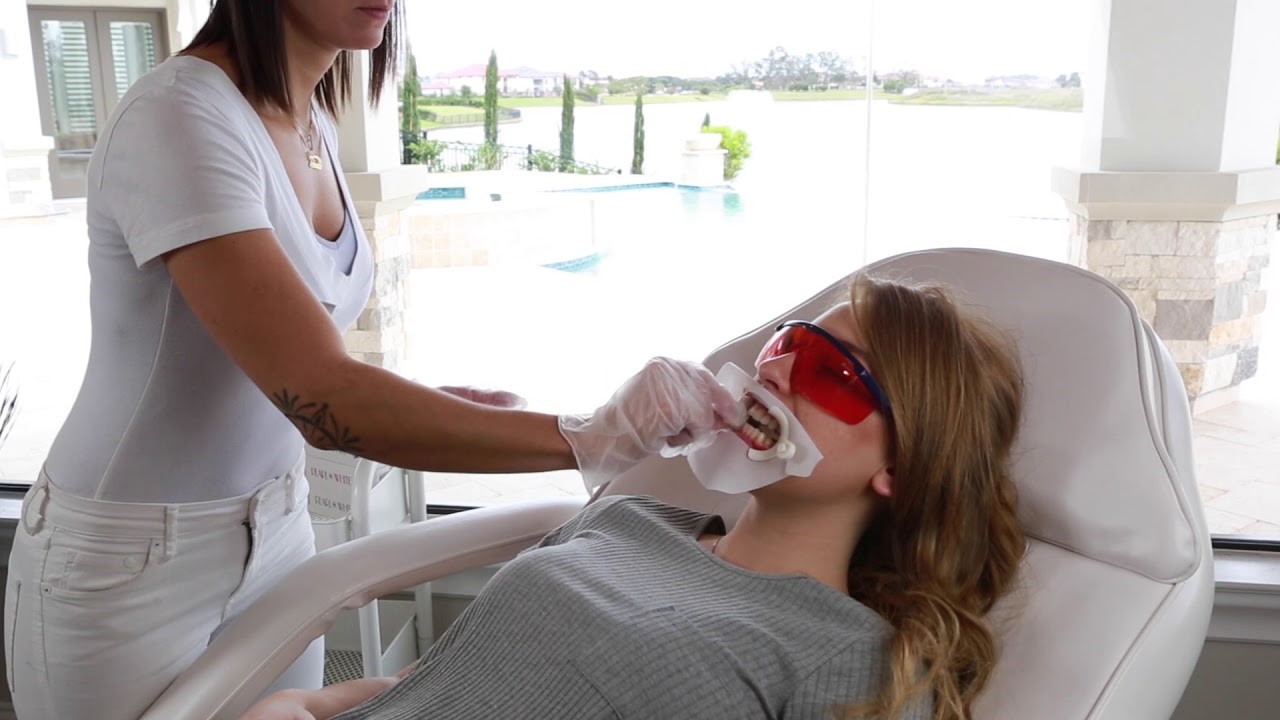
Not all teeth whitening training is equal
There are dozens of ‘training providers’ in New Zealand and overseas selling $99 PDFs or 1-hour online certificates.
However:
- Many of them use outdated and old technology and equipment
- Some promote non-peroxide gels (which are less effective and potentially illegal)
- Others leave you with no support, no compliance guidance, and no clear path to success
If you’re serious about starting a whitening business, your training should come with:
- A recognised industry-backed certification
- Hands-on product knowledge (not just theory)
- Ongoing support for marketing, consent forms, pre/post treatment info
- Real, professional equipment – not handheld LED lights from a warehouse in China
The problem with cheap teeth whitening courses
You’ve seen the ads:
“Become certified in 2 hours — only $199!”
“Get your whitening certificate online — no experience needed!”
It might sound tempting, especially if you’re on a budget or want a quick way to ‘get started’. But these courses are often unregulated, unrecognised, and in some cases, downright dangerous.
Would you trust someone to use peroxide near your gums after watching a 30-minute video? Neither would we.
“But it comes with a certificate…”
Just because a course gives you a certificate, it doesn’t mean it’s credible.
Many low-cost whitening training providers issue certificates that sound official, but these aren’t recognised by any legitimate cosmetic teeth whitening body. They’re often downloadable after a quick online module, sometimes without any actual assessment.
At TWA, our training is approved by the NZCTWA, which is the recognised body for teeth whitening in New Zealand. Our certification is earned, not purchased.
Why cheap whitening courses aren’t just a waste of money – they’re a risk
We’ve all seen them:
“Get certified in teeth whitening for just $199!”
“Online training and same day certificate!”
“Become a teeth whitening tech in under 2 hours!”
It sounds appealing, right? Fast, cheap, and you get a shiny certificate.
But here’s the truth:
These courses mean nothing, and they may actually harm your future – and your clients’ safety.
A certificate alone doesn’t make you qualified in teeth whitening
Many of these courses are unregulated, unrecognised, and use outdated or non-compliant information. A PDF stating you’ve passed “XYZ Whitening Academy” holds no weight in New Zealand with clients – and the public is getting more aware of the need to only use a qualified practitioner to whiten their teeth.
You’re essentially paying $199 for a graphic – not a legitimate qualification, and definitely not any advanced, pertinent education in the practice of teeth whitening.
Risks for you and your clients
The real danger? Thinking you’re trained, and then unintentionally putting your clients (and yourself) at risk:
- Using the wrong gel strength or type (e.g., illegal perborate gels)
- Causing gum burns or tooth sensitivity through poor technique
- Inability to answer safety questions confidently
- No support when something goes wrong
- No compliance documentation if questioned by authorities
Cheap training doesn’t just look unprofessional — it is unprofessional. And that reputation follows you.
Why do people think they need whitening training?
Most people Google ‘teeth whitening training’ because they feel unsure and they think a quick course will make them feel ready to treat clients.
But here’s the catch:
Wanting confidence is good. But gaining it the wrong way puts real people at risk.
It’s not about doing a course so you can just have a go at whitening. It’s about understanding how whitening works, how to do it safely, and how to build a professional service that’s safe, effective, and sustainable.
“I just want to feel confident before practising on the public”
This is one of the most common things we hear from people searching for teeth whitening training.
“I just want a quick course to give me the confidence to start.”
“I want to be able to say I’ve done some training before seeing clients.”
“I’m not ready to invest fully yet, I just want to try it first.”
We get it. The idea of launching into something new – especially when it involves real clients and real smiles – can feel scary, and overwhelming.
Not being certain is one of the most common reasons people sign up for cheap courses, because they don’t feel ready. They want something to give them confidence first, before sinking money into the unknown.
But that approach is backwards.
Confidence doesn’t come from a $199 certificate. It comes from knowing your process inside out, having a professional machine, using safe peroxide gels, and knowing exactly what to do when a client asks you something tricky.
And if you’re not sure what a professional, competent, and above all, safe, teeth whitening treatment looks like, you may like to check out our blog post titled “What’s the best way to whiten teeth”, which may help in your quest for the best teeth whitening training!
The truth about teeth whitening training
Practising without the right equipment or understanding can do more harm than good.
- Whitening is a cosmetic treatment using regulated active ingredients.
- There are safety protocols for gum protection, gel activation, pre and post-treatment care.
- You can’t ‘try it out’ without professional-grade tools, compliant peroxide gels, client consent forms, and a structured process.
Confidence doesn’t come from holding a certificate.
It comes from knowing your system works, your training is real, and your clients are safe.
If you’re serious about confidence, you need capability. And that comes from professional equipment, real education, and a support system designed for success.
So what is the best teeth whitening training?
Or in other words; What does proper teeth whitening training actually involve?
Proper cosmetic teeth whitening training should cover, at least:
- The science behind peroxide-based whitening gels
- NZ regulations around who can offer whitening
- Correct application technique
- Enamel and gum safety protocols
- Practice contraindications
- Light accelerator systems and gel activation
- Client consultation, shade matching, treatment plan, and aftercare
- Marketing, pricing, and the how-to of setting up a successful business
Why our teeth whitening training is different
TWA’s training goes even deeper – and it’s NZCTWA-approved, meaning it’s compliant with the governing standards in New Zealand.
At TWA, we’ve built our training around what actually makes a competent, confident, and safe whitening professional.
Our training:
- Is recognised and backed by the New Zealand Cosmetic Teeth Whitening Association (NZCTWA)
- Is built specifically for safe peroxide-based systems (like our Beyond Ultra II and Polus Advanced machines)
- Teaches you not just how to whiten teeth, but how to build a business
- Includes client safety protocols, aftercare, treatment requirements, and consent forms
- Comes with ongoing support, supplier access, and a community of trained techs
We don’t offer just instant certificates on completion.
We offer real, professional, industry-respected training that sets you up for long-term success.
Training includes:
1/ NZCTWA-certified theory and safety modules
2/ Training with premium Beyond Ultra II or Polus Advanced machines
3/ A full understanding of peroxide gel chemistry and compliance
4/ Live or video demonstrations from experienced technicians
5/ Full documentation, consent forms, aftercare sheets, guidance, and more
This isn’t just about ticking boxes. It’s about delivering a service you can be proud of – with professional equipment, safe products, and a process that works.
Why we include our training in a Start-up package
We do offer our training as a standalone, and if you decide to do our teeth whitening training, theory or practical, you’ll get it all.
However, here’s where TWA is different. We don’t just sell a training course – we give you everything you need to start a successful whitening business, including the training, plus:
- A professional, medical-grade ultrasonic whitening machine
- NZ-approved, medical-grade hydrogen peroxide gel and products
- Full certification and training (online and guided)
- Consent forms, client info, aftercare sheets and more
- Exclusive access to the NZCTWA and TWA networks
- Ongoing support from real humans
Our Start-Up Package is designed to make your new business real and achievable. You don’t walk away with just a certificate – you walk away ready to make money.
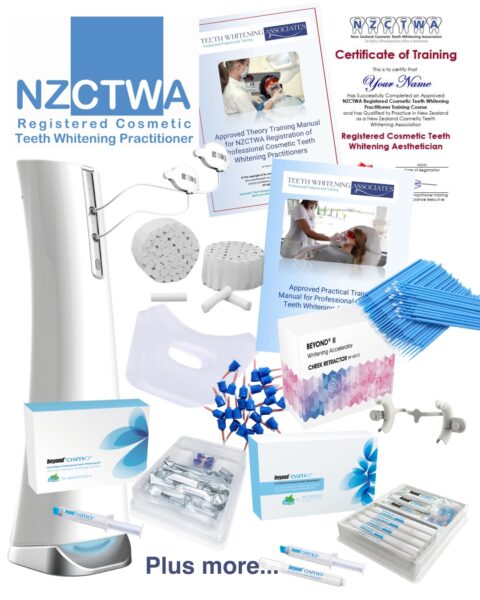
Theory training and practical training
Real teeth whitening training isn’t just reading some pages or clicking through a slideshow.
It’s about knowing how to do each part of the procedure, and doing it correctly.
At TWA, our practical training includes:
- Watching professional treatment demonstrations to see how a session runs start to finish
- Learning every step of the process hands-on from prep to gel application, LED activation and client aftercare
- Being observed and corrected by experienced trainers, so you know you’re doing it right
- Knowing when NOT to treat and recognising contraindications and protecting your clients
- Ongoing support, even after your training ends
Without this kind of structure, you’re left guessing, and guessing has no place in cosmetic treatments involving real clients and real results.
If you’re considering becoming a professional teeth whitening technician, you deserve more than a shortcut. You deserve proper training, the right systems, and the confidence to grow a real business.
Frequently asked teeth whitening questions
Q/ Is this a good side hustle or full-time business?
A/ Both. Many of our graduates run whitening as a side hustle, earning $200–$500 per week. Others go all in and build 5-figure monthly businesses.
Q/ Do I need to be a beauty therapist?
A/ No, we train people from all walks of life. What matters most is your willingness to learn and offer a safe, professional service.
Q/ Will I get clients?
A/ Yes, if you follow our guidance, market smarts, and use your training. We provide the tools and strategy; you bring the hustle and work.
Q/ Is the training hard?
A/ It’s in-depth, not difficult. Our course is designed to be clear, step-by-step, and includes short videos, product guidance, and downloadable resources.
Still have questions? We have more FAQs on our website where you’re bound to find what you’re looking for.
So make sure you choose the best teeth whitening training
If you’re serious about building a professional, profitable career in cosmetic teeth whitening, the training you choose matters.
There’s no value in a $199 course that promises instant certification but lacks clinical credibility, practical guidance, or regulatory understanding. These types of shortcuts may seem appealing upfront, but they leave you (and your future clients) exposed to risk, poor results, and legal grey areas.
At Teeth Whitening Associates, we do things differently.
Our training isn’t designed for casual browsers — it’s built for serious businesses who want to:
- Build a trusted, long-term business
- Understand the science behind the products
- Perform whitening safely and correctly
- Be certified by the New Zealand Cosmetic Teeth Whitening Association (NZCTWA)
- Access premium machines and systems like the Beyond Polus Advanced and Ultra II
Are you ready?
So if you’re one of the many people Googling “teeth whitening training,” now you know you’ve landed in the right place. So if you’re ready to step up from browsing to building, we’re ready to train you.
Still keen? Here’s what we recommend to do next:
- Check out our Training page and see what our comprehensive theory and practical trainings actually cover
- Have a look at our Start-up package pages to see everything you get as well as our full training
- Ask yourself if you’re ready to start a real business, not just grab a certificate.
If that’s you — we’d love to hear from you. You can get in touch with us via our Contact page.
